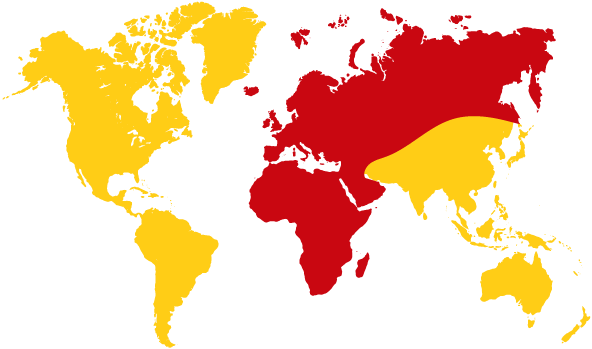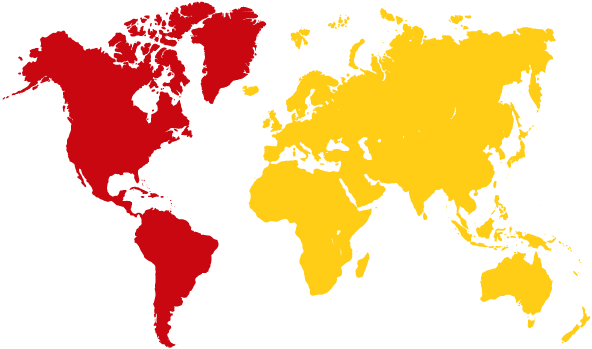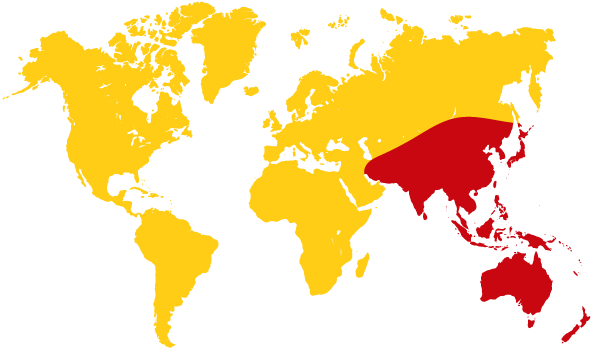A disastrous coronal mass ejection (CME) scenario will feature in November when the US Military Auxiliary Radio System (MARS) teams up with both the Amateur Radio Emergency Services (ARES) and the Radio Amateur Civil Emergency Service (RACES).
MARS on November 8–10 will run the HF exercise in support of the US Department of Defence.
CMEs are huge explosions of gas, plasma, and electromagnetic radiation from the Sun, which are responsible for geomagnetic storms – and may in an extreme circumstance disrupt communications, satellites and power generation infrastructure.
In today’s digital world we rely on the function of computer controlled devices, but an ever present threat to them is a CME event.
Army MARS Program Manager Paul English WD8DBY said he wanted to continue to work with the greater Amateur Radio community – having MARS just been involved with the earthquake in Nepal.
He said the exercise would simulate a radio blackout as well as infrastructure damage.
“During the exercise, we will simulate the blackout with a 3 hour pause, and then we will bring stations back on air and begin handling requests for information,” said Paul WD8DBY.
Training objectives include understanding the CME phenomenon, the forecast lead time expected, the effects of it and the precautions radio operators can take to protect their equipment.
— Jim Linton VK3PC, Chairman IARU Region 3 Disaster Communications Committee.
MARS to use CME as a scenario
Print This Post



